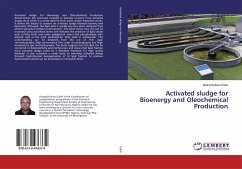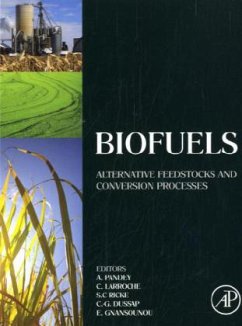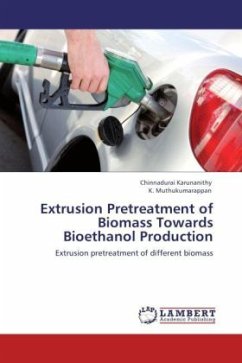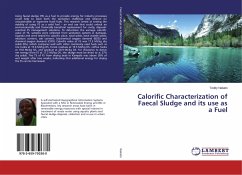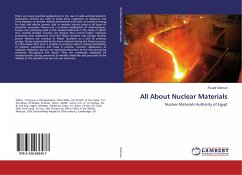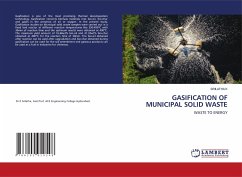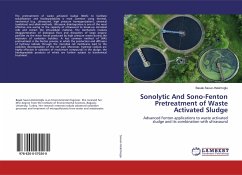
Sonolytic And Sono-Fenton Pretreatment of Waste Activated Sludge
Advanced Fenton applications to waste activated sludge and its combination with ultrasound
Versandkostenfrei!
Versandfertig in 6-10 Tagen
36,99 €
inkl. MwSt.

PAYBACK Punkte
18 °P sammeln!
The pretreatment of waste activated sludge (WAS) to facilitate solubilization and biodegradability is most common using thermal, mechanical (e.g. ultrasound, high pressure homogenization), chemical (oxidation) and alkali methods. Ultrasonic disintegration is one of the most effective one owing to the capacity of ultrasound to break-up microbial cells and extract the intracellular material. The mechanism involves deagglomeration of biological flocs and disruption of large organic particles via the shear forces produced by high pressure waves during the implosion of cavitation bubbles. A less co...
The pretreatment of waste activated sludge (WAS) to facilitate solubilization and biodegradability is most common using thermal, mechanical (e.g. ultrasound, high pressure homogenization), chemical (oxidation) and alkali methods. Ultrasonic disintegration is one of the most effective one owing to the capacity of ultrasound to break-up microbial cells and extract the intracellular material. The mechanism involves deagglomeration of biological flocs and disruption of large organic particles via the shear forces produced by high pressure waves during the implosion of cavitation bubbles. A less common method of WAS pretreatment is the Fenton process, in which the production and diffusion of hydroxyl radicals through the microbial cell membrane lead to the oxidative decomposition of the cell wall. Moreover, hydroxyl radicals are highly effective in oxidation of recalcitrant compounds in the sludge, the biodegradable products of which are further subject to biochemical treatment.



